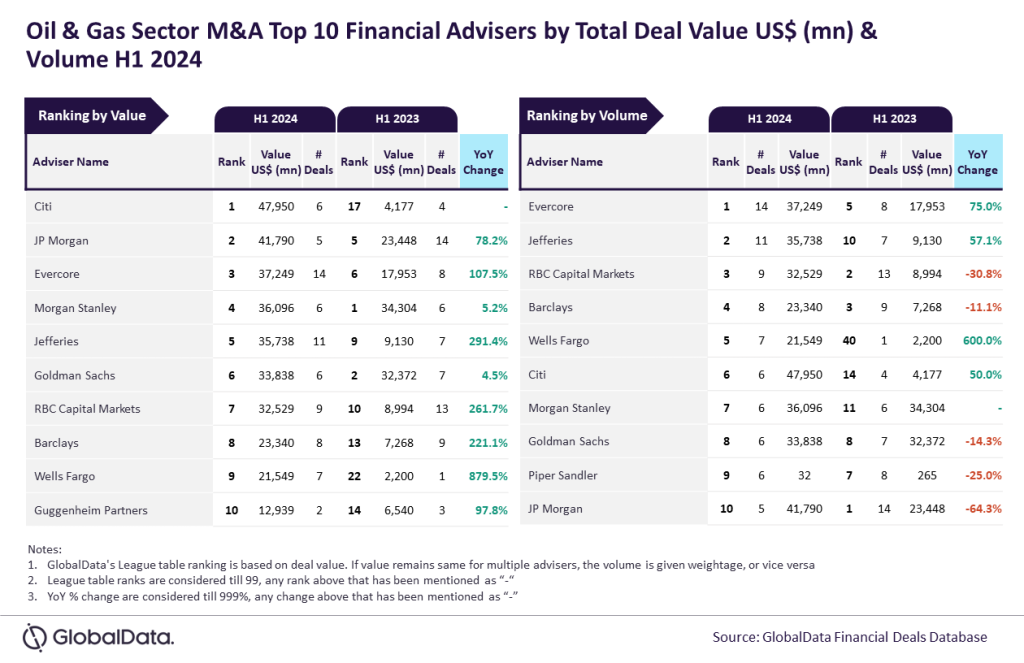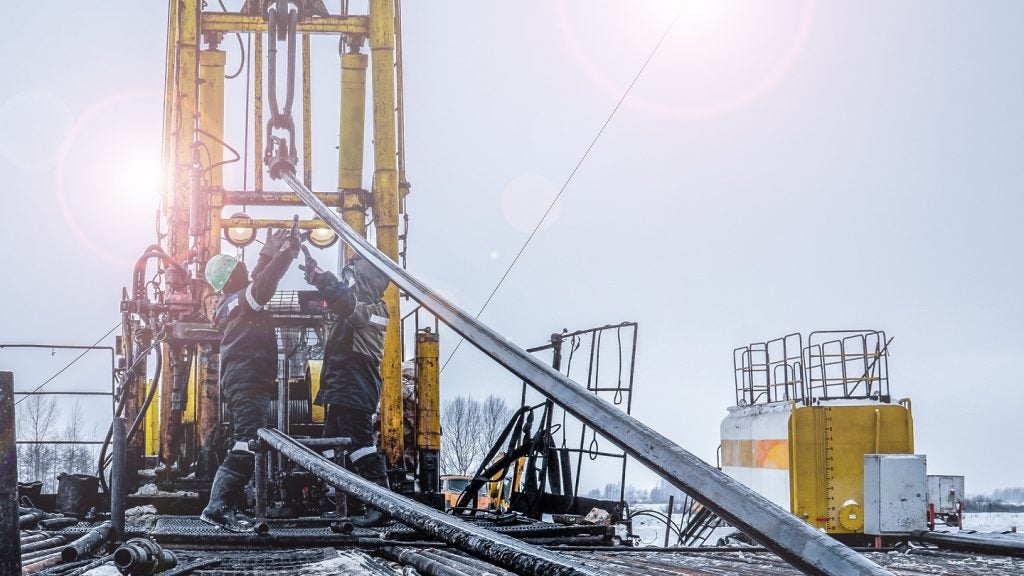Cruz De Lorena is a producing unconventional oil field located onshore Argentina and is operated by Shell Argentina. According to GlobalData, who tracks more than 34,000 active and developing oil and gas fields worldwide, the field is located in block Cruz De Lorena. Buy the profile here.
An expansion project is associated with the Cruz De Lorena, namely the Cruz De Lorena Full Field Development . This project is currently in the feasibility stage, expected to start in 2025.
Field participation details
The field is owned by Gas y Petroleo del Neuquen and Shell.
Production from Cruz De Lorena
The Cruz De Lorena unconventional oil field recovered 19.43% of its total recoverable reserves, with peak production expected in 2024. Based on economic assumptions, production will continue until the field reaches its economic limit in 2047. The field currently accounts for approximately 1% of the country’s daily output.
Contractors involved in the Cruz De Lorena unconventional oil field
Some of the key contractors involved in the Cruz De Lorena project as follows.
Other Contractors: Ingenieria Sima and Hytech Plant Design USA
For more details on the Cruz De Lorena Unconventional Oil Field, buy the profile here.
Data Insights
From

The gold standard of business intelligence.
Blending expert knowledge with cutting-edge technology, GlobalData’s unrivalled proprietary data will enable you to decode what’s happening in your market. You can make better informed decisions and gain a future-proof advantage over your competitors.






